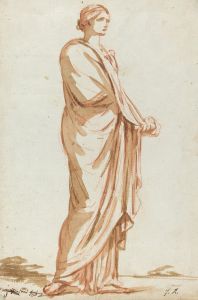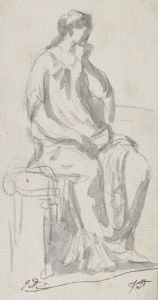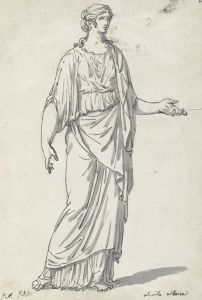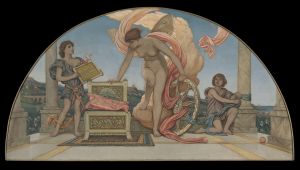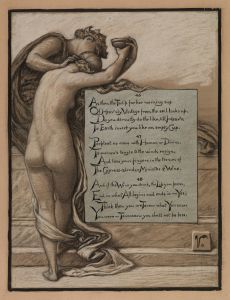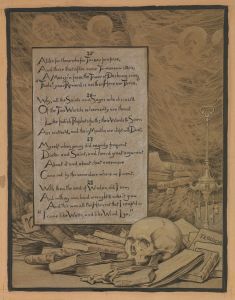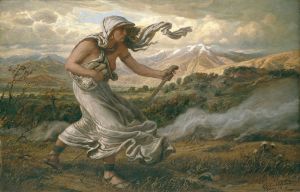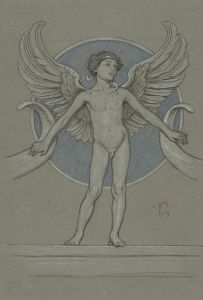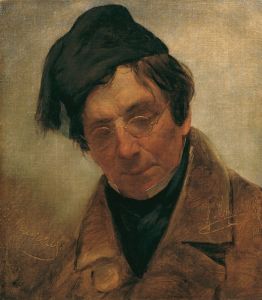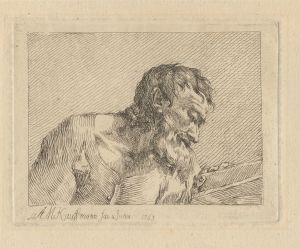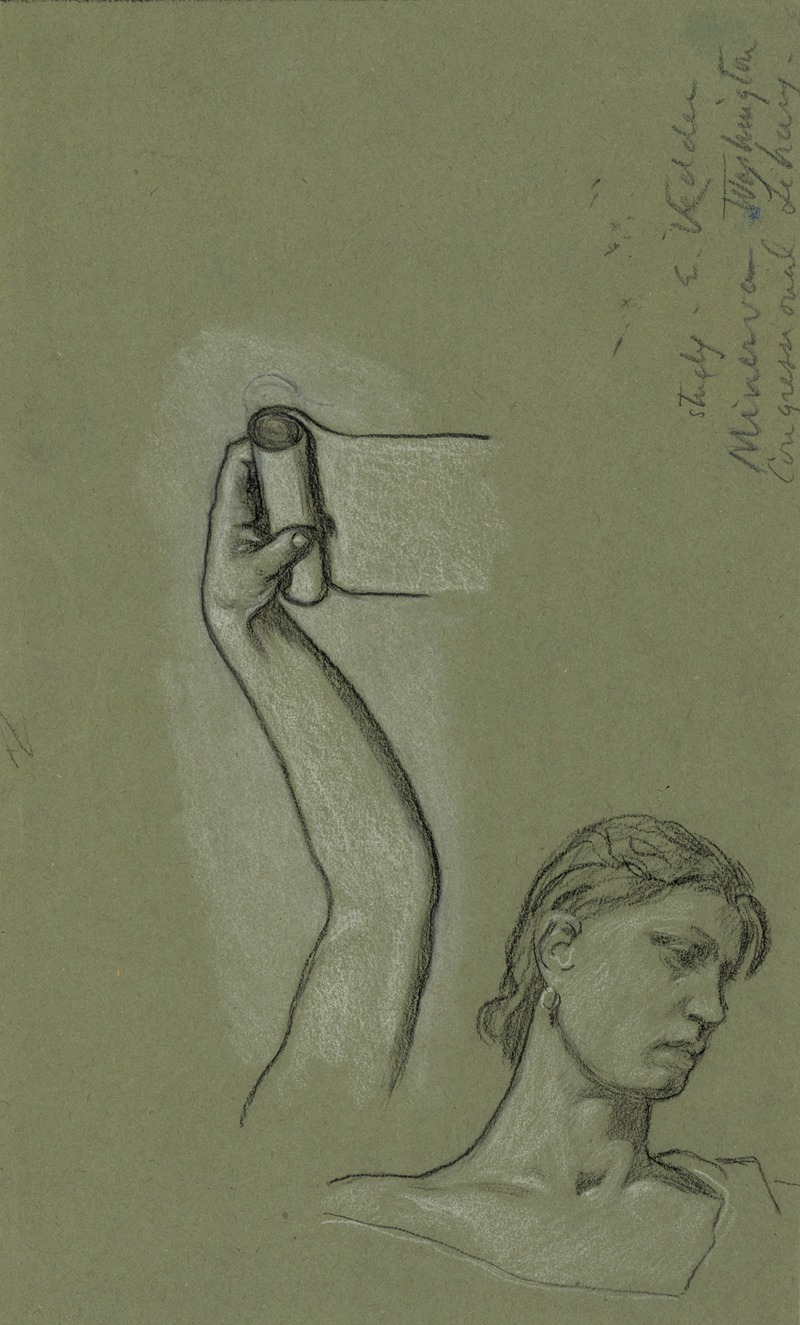
Bust and shoulders of Minerva
A hand-painted replica of Elihu Vedder’s masterpiece Bust and shoulders of Minerva, meticulously crafted by professional artists to capture the true essence of the original. Each piece is created with museum-quality canvas and rare mineral pigments, carefully painted by experienced artists with delicate brushstrokes and rich, layered colors to perfectly recreate the texture of the original artwork. Unlike machine-printed reproductions, this hand-painted version brings the painting to life, infused with the artist’s emotions and skill in every stroke. Whether for personal collection or home decoration, it instantly elevates the artistic atmosphere of any space.
"Bust and Shoulders of Minerva" is a painting by the American artist Elihu Vedder, created in the late 19th century. Elihu Vedder (1836-1923) was a notable figure in the American art scene, known for his association with the Symbolist movement and his contributions to both painting and illustration. Vedder's works often explored themes of mythology, mysticism, and the human condition, reflecting his deep interest in literature and philosophy.
Minerva, the Roman goddess of wisdom, war, and the arts, is the subject of this particular painting. In Roman mythology, Minerva is often depicted as a figure of great intellect and strategic warfare, akin to the Greek goddess Athena. Vedder's portrayal of Minerva focuses on her bust and shoulders, emphasizing her dignified and serene presence.
The painting captures Minerva with a calm and composed expression, embodying the qualities of wisdom and strength. Vedder's use of color and light in the painting highlights the goddess's divine nature, with a subtle yet powerful aura surrounding her. The detailed rendering of her armor and helmet, traditional symbols associated with Minerva, further accentuates her role as a protector and a figure of authority.
Elihu Vedder's artistic style in "Bust and Shoulders of Minerva" reflects his broader body of work, characterized by meticulous attention to detail and a penchant for classical themes. Vedder's ability to blend realism with symbolic elements is evident in this painting, as he captures both the physical likeness and the deeper essence of the goddess.
The painting is part of Vedder's exploration of mythological subjects, which he often used to convey complex ideas and emotions. His interest in mythology was influenced by his extensive travels in Europe and the Middle East, where he was exposed to various artistic traditions and ancient cultures. This exposure enriched his artistic vocabulary and allowed him to create works that resonated with both contemporary and timeless themes.
"Bust and Shoulders of Minerva" is a testament to Vedder's skill as an artist and his ability to infuse classical subjects with a modern sensibility. The painting remains a significant example of 19th-century American art, reflecting the era's fascination with mythology and the enduring appeal of classical antiquity.
Vedder's contributions to art extend beyond his paintings; he is also known for his illustrations, particularly his work on the 1884 edition of "The Rubaiyat of Omar Khayyam," which remains one of his most celebrated achievements. His legacy as an artist is marked by his unique ability to bridge the gap between the ancient and the modern, creating works that continue to inspire and captivate audiences.
In summary, "Bust and Shoulders of Minerva" by Elihu Vedder is a notable work that exemplifies the artist's mastery of classical themes and his skillful execution. The painting captures the essence of Minerva, the Roman goddess of wisdom, through a detailed and thoughtful portrayal that highlights Vedder's artistic vision and his deep engagement with mythological subjects.





